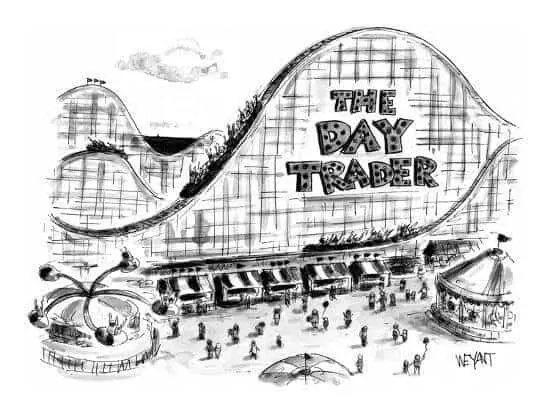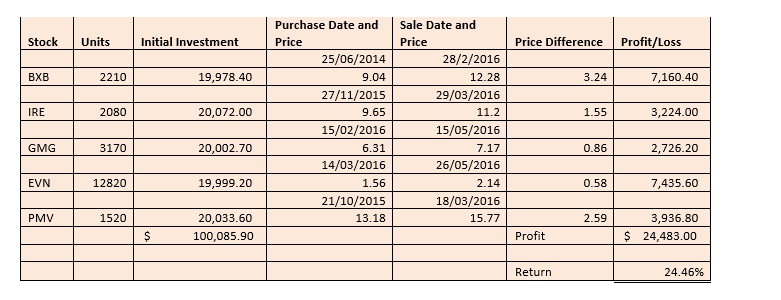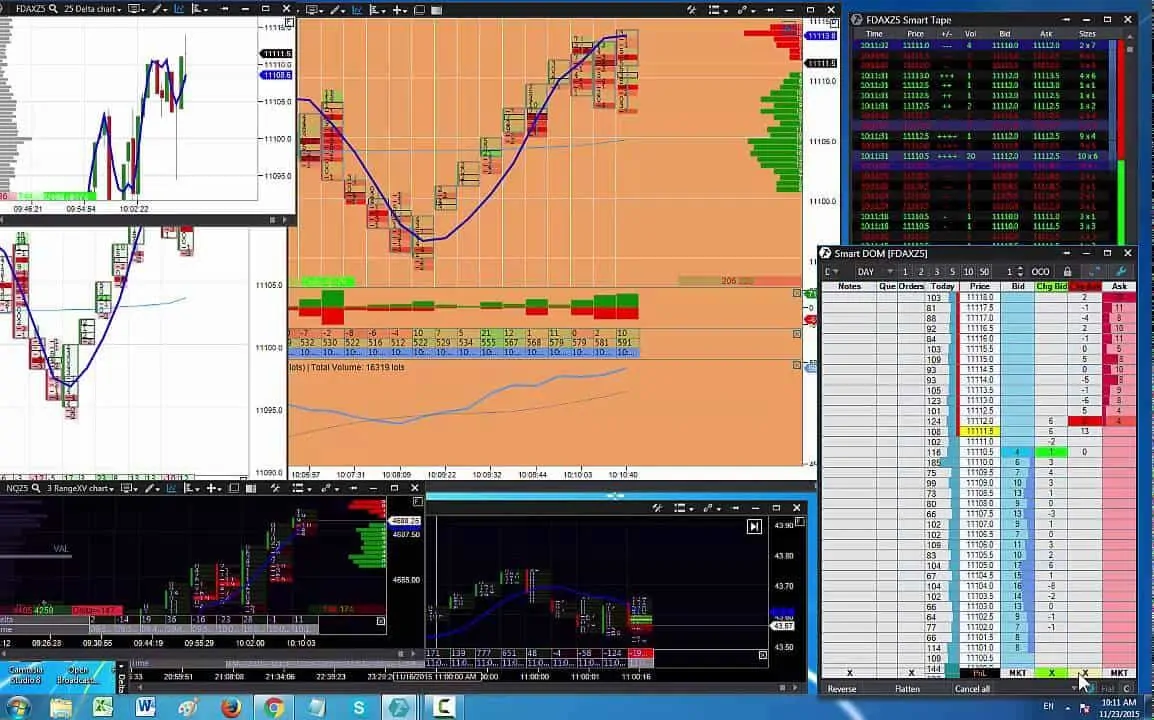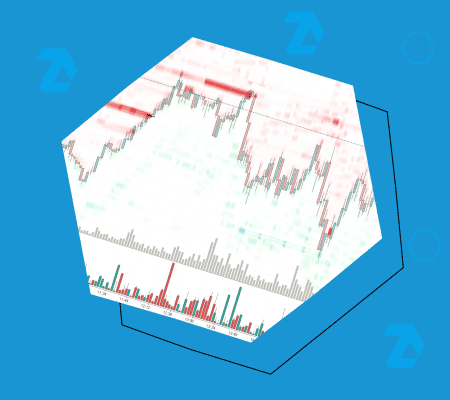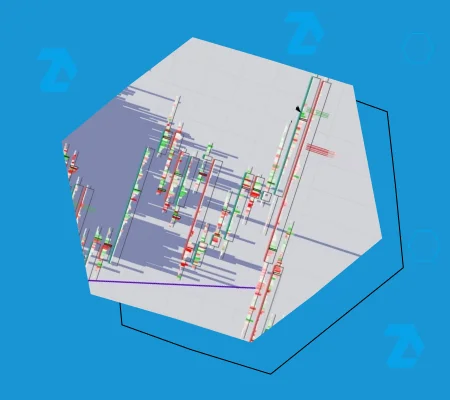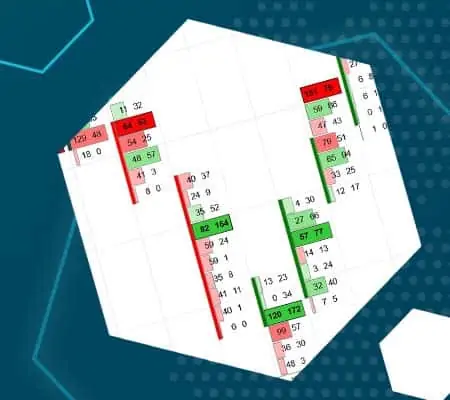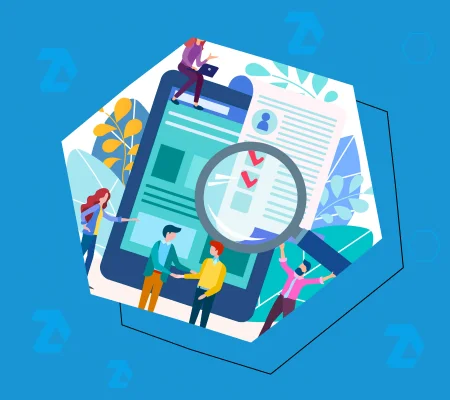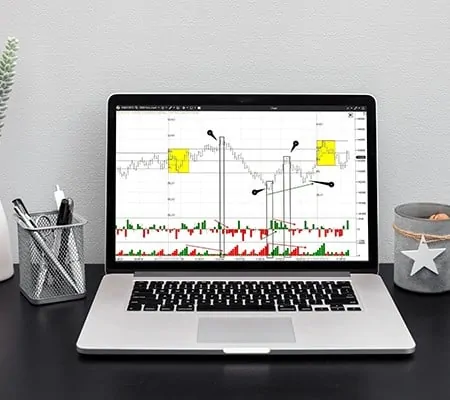Algorithmic trading is a form of trading where positions are opened and closed not by a person, but by a trading program (bot or automated advisor) that operates based on a set algorithm.
Creating a bot for algorithmic trading involves several key steps, starting with the development of an idea:
Step 1: Hypothesis. At this stage, you formulate an idea about a market pattern. For instance, you might hypothesize that when a resistance level is broken, the price typically continues to rise.
The hypothesis could be stated as: “If the price of an asset breaks the resistance level by 2%, in 80% of cases, the price continues to increase by 5% over the next week.”
Step 2: Formalization. Here, you translate the hypothesis into clear, actionable rules that can be programmed. This includes defining the conditions for entering and exiting trades, as well as risk management criteria and other parameters of the strategy. All steps must be mathematically clear and easily understandable for the bot.
Step 3: Backtesting on historical data. This step helps you see how the bot would have performed under real market conditions in the past, providing insights into its potential effectiveness in the future.
The goals of backtesting include:
- Assessing the strategy’s profitability.
- Identifying weaknesses.
- Evaluating risks (such as maximum drawdown and volatility).
Step 4: Optimization. This stage involves finding the best parameter values (such as adjusting entry and exit levels) to boost profitability and minimize risks. It is crucial to avoid excessive optimization, as overfitting the trading strategy to past data can make it ineffective in real market conditions.
Once you have successfully backtested and optimized the strategy, the next step is to test it in real time on a demo account. This enables you to see how the bot performs under current market conditions without risking any real money.
If the demo account consistently grows without significant drawdowns, you can consider launching it on a live account. However, it is important to keep monitoring its performance and adjust as needed in response to any major changes in the market.
Advantages of algorithmic trading:
- Speed and accuracy. Algorithms execute trades instantly based on predefined rules, eliminating human error.
- Emotion-free trading. Bots are not influenced by fear or greed.
- Coverage. Algorithmic trading allows for simultaneous trading of multiple positions across different markets.
- Predictable results. For accurate backtesting, it is best to use tick data and account for potential slippage.
Disadvantages of algorithmic trading:
- Technical challenges. Launching a bot can be technically complex, starting with the coding process.
- Risk of failures. Issues like connection drops or system crashes can lead to unexpected losses.
- Overfitting. Excessive optimization on historical data may not perform well in real market conditions.
- Ineffectiveness during extreme volatility. Algorithms may struggle with sudden market events.
- High Competition. Simple strategies (like moving average crossovers) may not yield results.
The ATAS platform enables users to implement algorithmic trading strategies. For more details, see the article: How to Program a Profitable Strategy.


